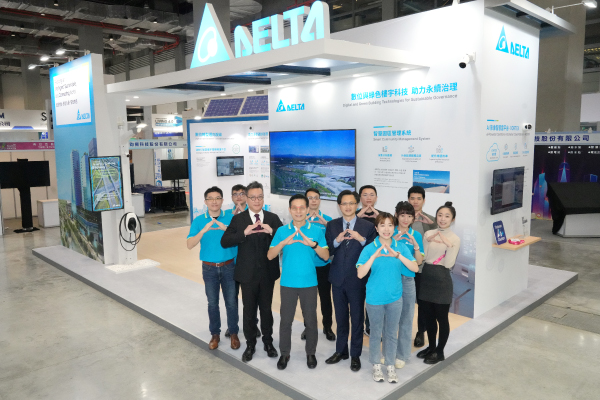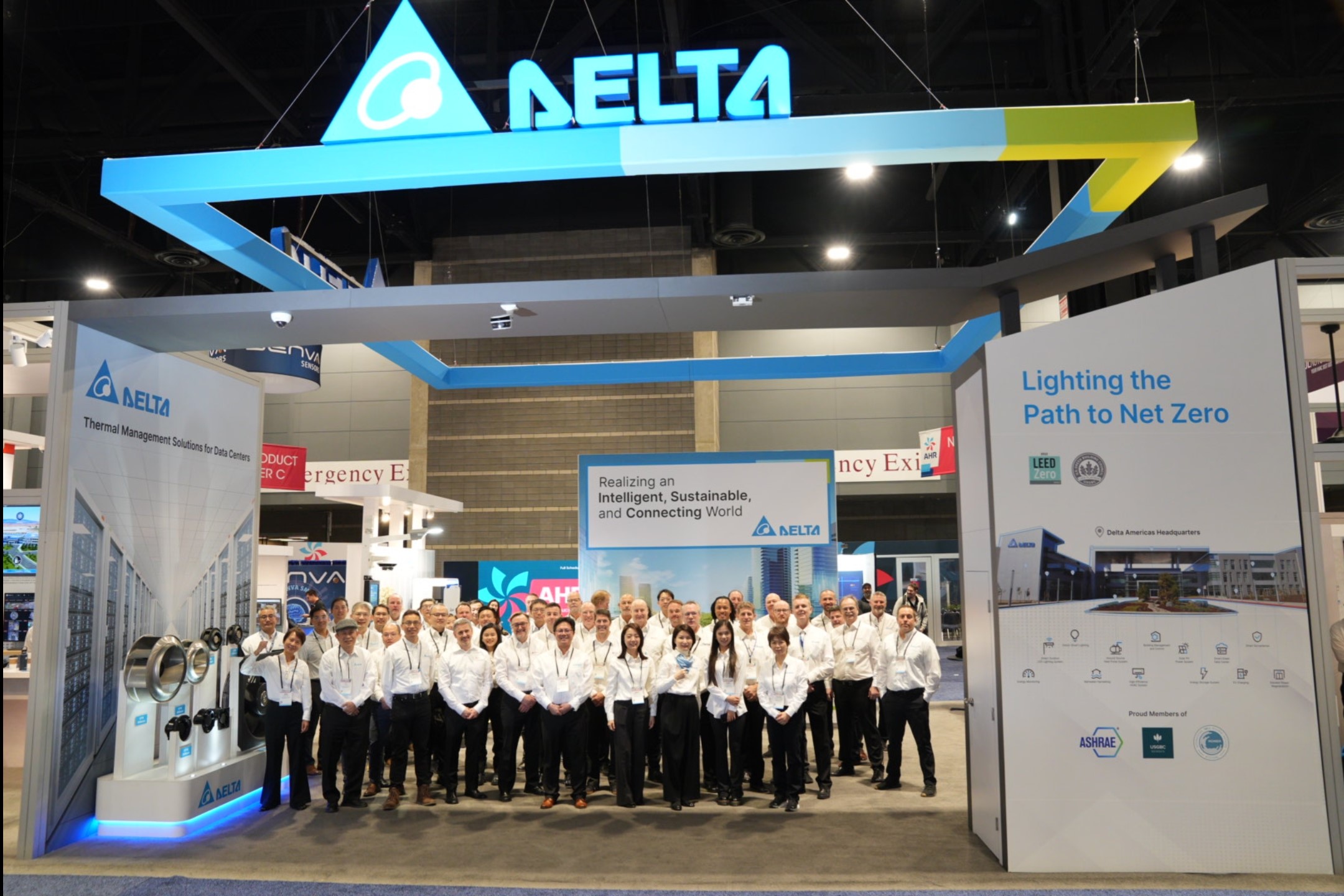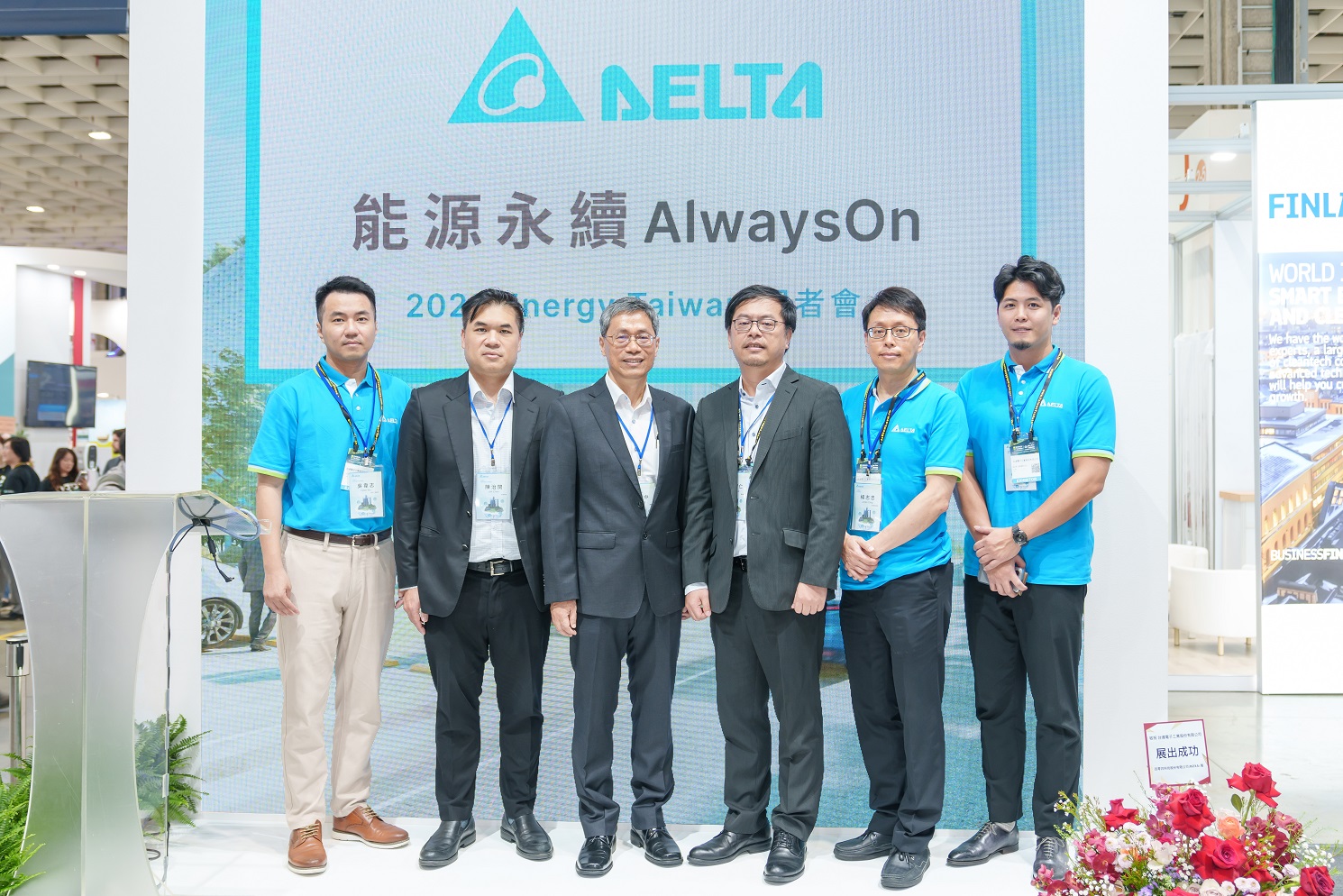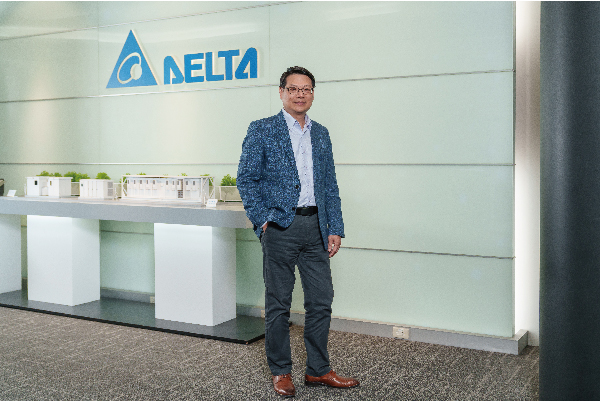By putting on a virtual reality (VR) headset, you can immediately enter an immersive experience as if you are there in person, whether it’s playing a game that feasts the senses, completing a dangerous simulation training session, or attending a technically advanced exhibition.
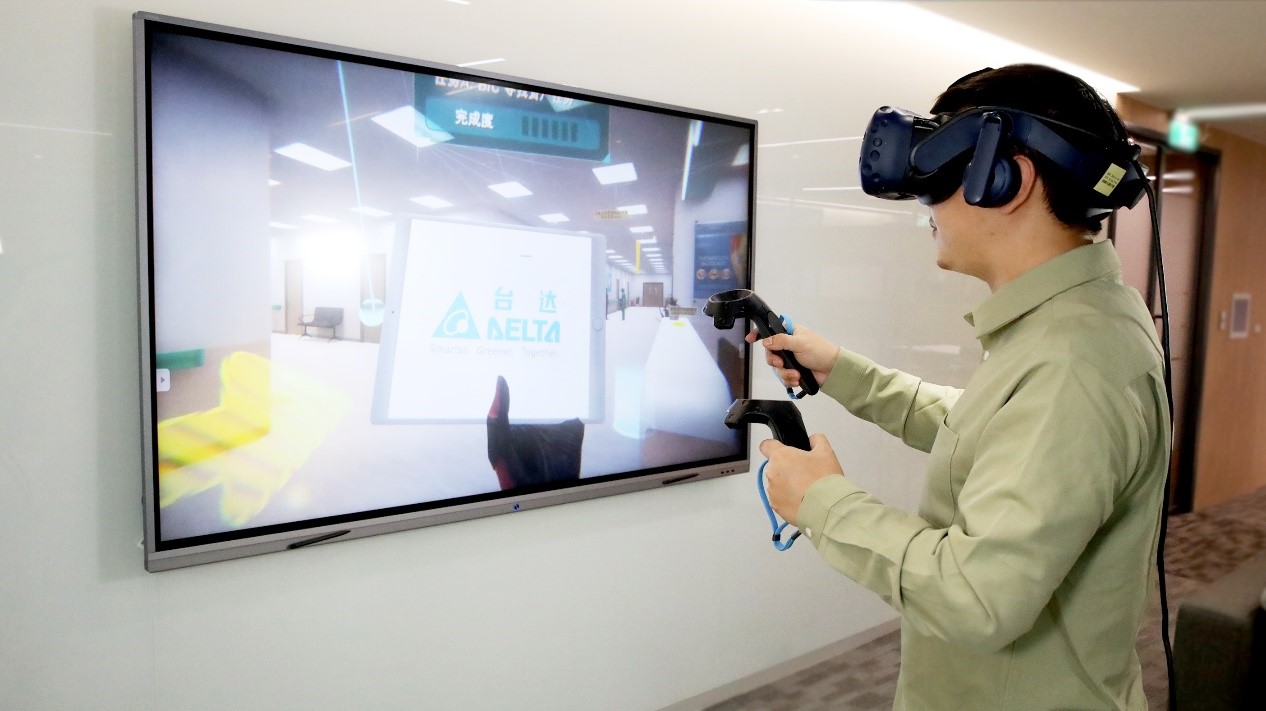
The Digital Workplace Technology (DWT) team at Delta Research Center (DRC) creates a diverse range of VR application solutions for Delta's various business units. The Brand Management Division (BMD) understood DWT team's expertise in the field of VR and actively facilitated collaboration to enhance customer’s experience at the exhibitions. The first project was Delta's building automation applied to hospital VR design.
Leveraging the VR experience to break space constraintsIn the past, an exhibition experience was mostly created within a physical space to highlight the features of a product. Unfortunately, exhibitions often do not yield overwhelming results due to various factors, such as the inability to exhibit large products and equipment caused by limited exhibition space, the need for large sums of money for booth design, and single-use materials that cannot be utilized for future exhibitions. This is where VR technology comes in as a solution to these problems.
Creating immersive interaction via VR application at virtual exhibitionsVR, which creates a virtual space with both computing and VR headsets, simulates a highly realistic immersive and interactive experience via visual, auditory, and somatosensory interactions. The advantages of applying VR to marketing exhibitions include:
•Breaking space constraints: Not limited by the actual size of an exhibition space, a 3D model can be used in a virtual space to flexibly showcase products and scenario spaces.
•Low carbon, environmentally-friendly, and cost saving: The virtual scenario space created using VR can be used repeatedly for marketing at subsequent exhibitions, thereby leaving no waste produced upon completion of a physical exhibition.
•A highly efficient medium of display: The virtual space created using VR can not only fully display the appearance of a product, but also present the originally two-dimensional product profile in an active, three-dimensional manner, so that potential customers can fully experience the applications and value of the product.
The virtual smart hospital scenario set up for the 2021 event was quite unique as it not only simulated a highly realistic virtual hospital scenario, but also integrated the concept of BABG's Bluetooth Intelligent Control (BIC)-based Asset Positioning Application for Smart Building Information Transmission Hub into the virtual space. This enabled potential customers to easily track and search for the equipment they need in a VR environment that is not limited by the size of a physical space.
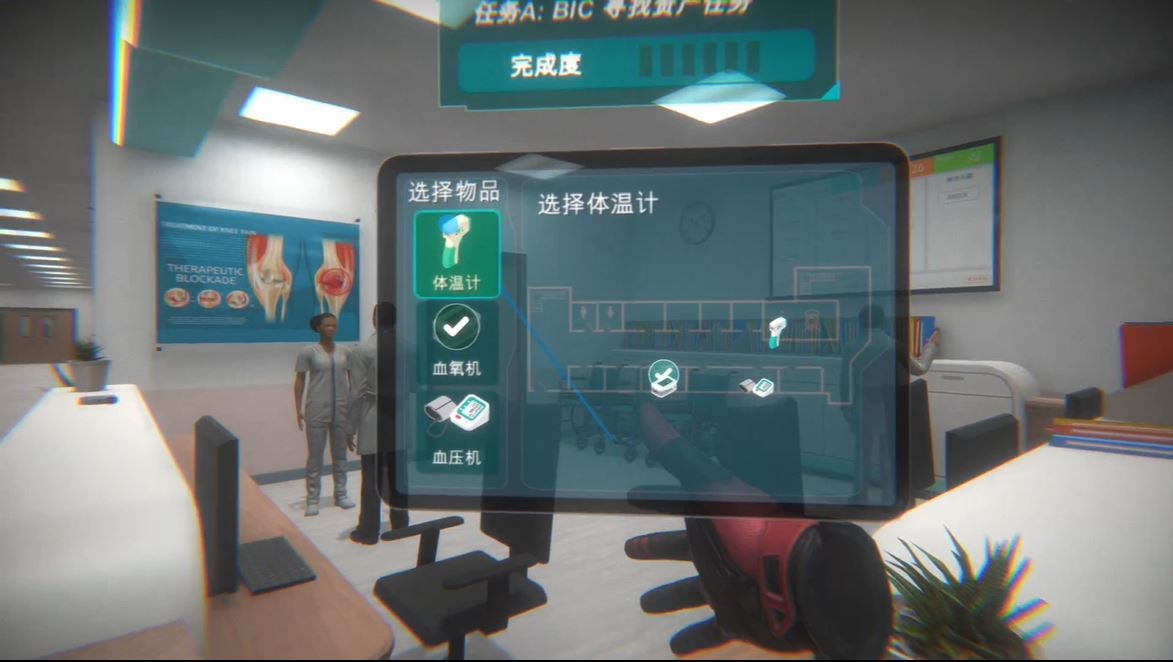
The virtual space guides the visitor to seek the needed item via BIC positioning
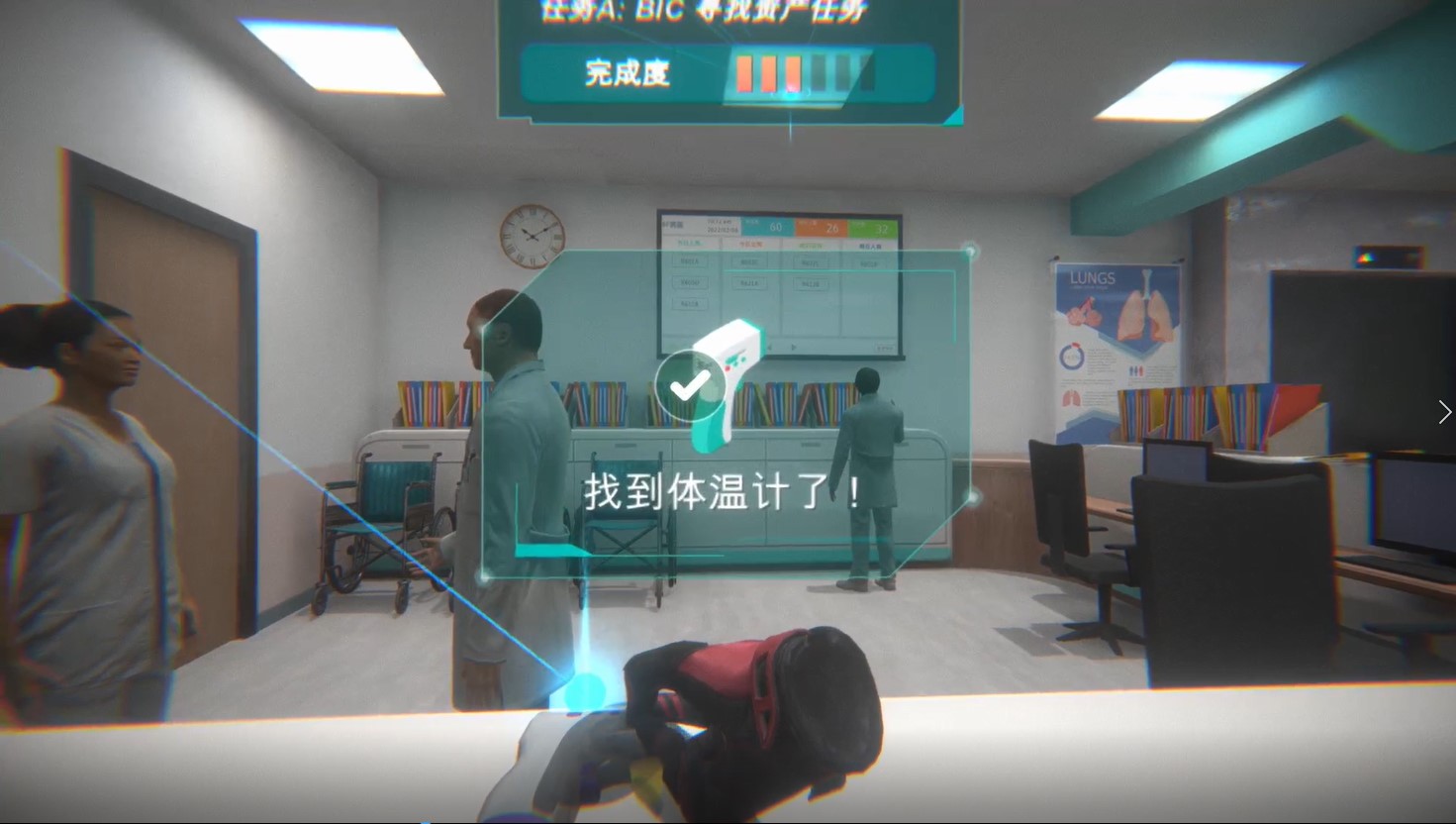
The visitor successfully finds a thermometer in the virtual smart hospital
The operation of the UNOnext Indoor Air Quality Monitor was also showcased in the virtual smart hospital. When the concentrations of CO2 and PM2.5 in indoor air exceed the standards, Delta's UNOnext Indoor Air Quality Monitor can accurately detect such situations, immediately set off an alarm, and automatically activate the ventilation function of the fresh air system to improve indoor air quality.
With the scenario for the operation of LOYTEC DALI Intelligent Lighting Control System in the virtual smart hospital, the effect of 24-hour natural light variation demonstrated by variable color temperature lighting was also on display. The scenario allowed potential customers to feel how the system could improve the physical and mental health of people who live indoors for long periods through the experience of sound and light effects.
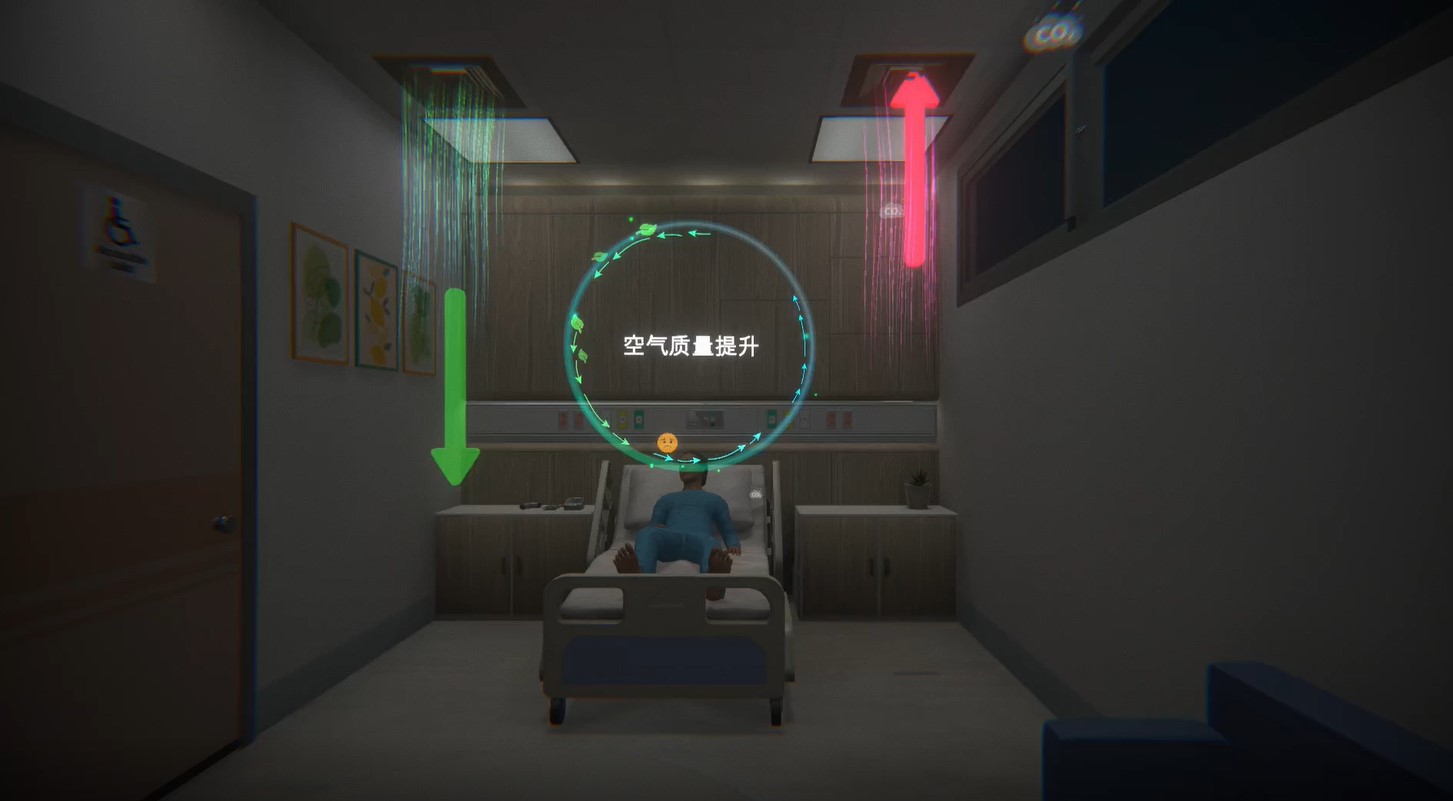
Illustration of air ventilation
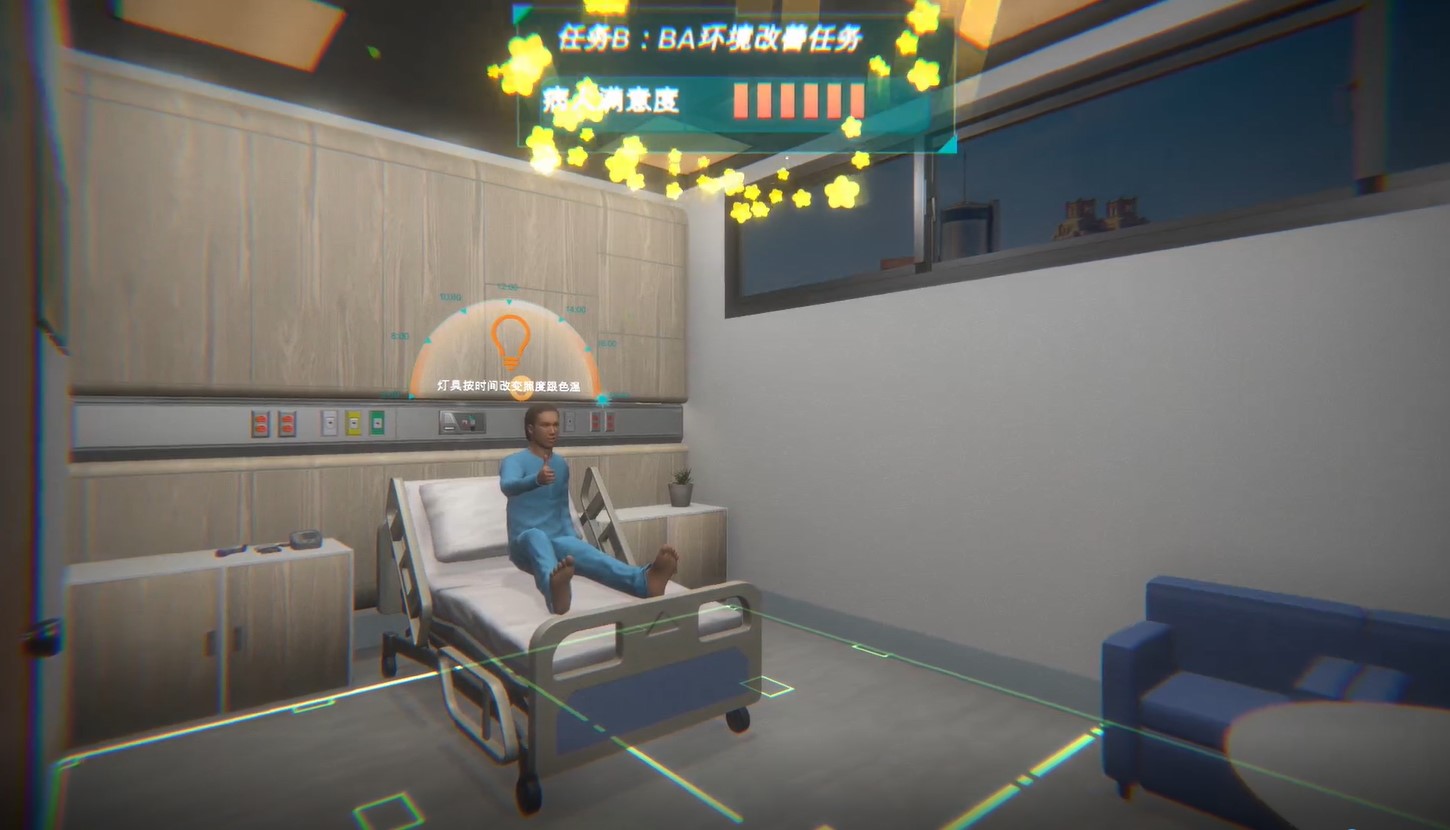
The intelligent lighting control system automatically changes light intensity and color temperature over time
Aside from providing immersive experiences with a VR headset, the VR application for virtual smart hospital scenario experience can also be run independently on notebook computers. The DWT team used the convenience of display for marketing purposes on sales trips during the development of the application. Specifically, the controller attached to the VR headset along with somatosensory movement can be replaced with a mouse and a keyboard, while the projection screen can be used to present the screen of the head-mounted device. The same application also records the operation process, which can then be edited into a marketing video as 3D animation for various purposes. This helps maximize the benefits of the VR application for the virtual smart hospital scenario experience.
DRC's DWT team sparks collaboration with various business unitsUsing the VR application, DRC's DWT team has not only put in place a VR training solution called Mastering VR, but also provided Virtual Tour, a virtual exhibition platform solution. Delta's business units do not have to worry about not having the required experience in VR planning as there are content design experts within the DWT team to assist in related planning. There is also no need for them to worry about the leak of product secrets since the VR application is fully developed by the DWT team. Additionally, it is not necessary for Delta's business units to fret about long production times because the long application development time can be effectively shortened through the
modularization of functions, visual-style display, and the interactive VR experience put in place by the DWT team, thus helping them achieve their pre-determined goals.
The DWT team hopes to brainstorm innovative applications for VR technology with Delta's business
units in 2022, with the goal of improving brand exposure, favorability, and trust, as well as communicating
product features and value with maximum efficiency.
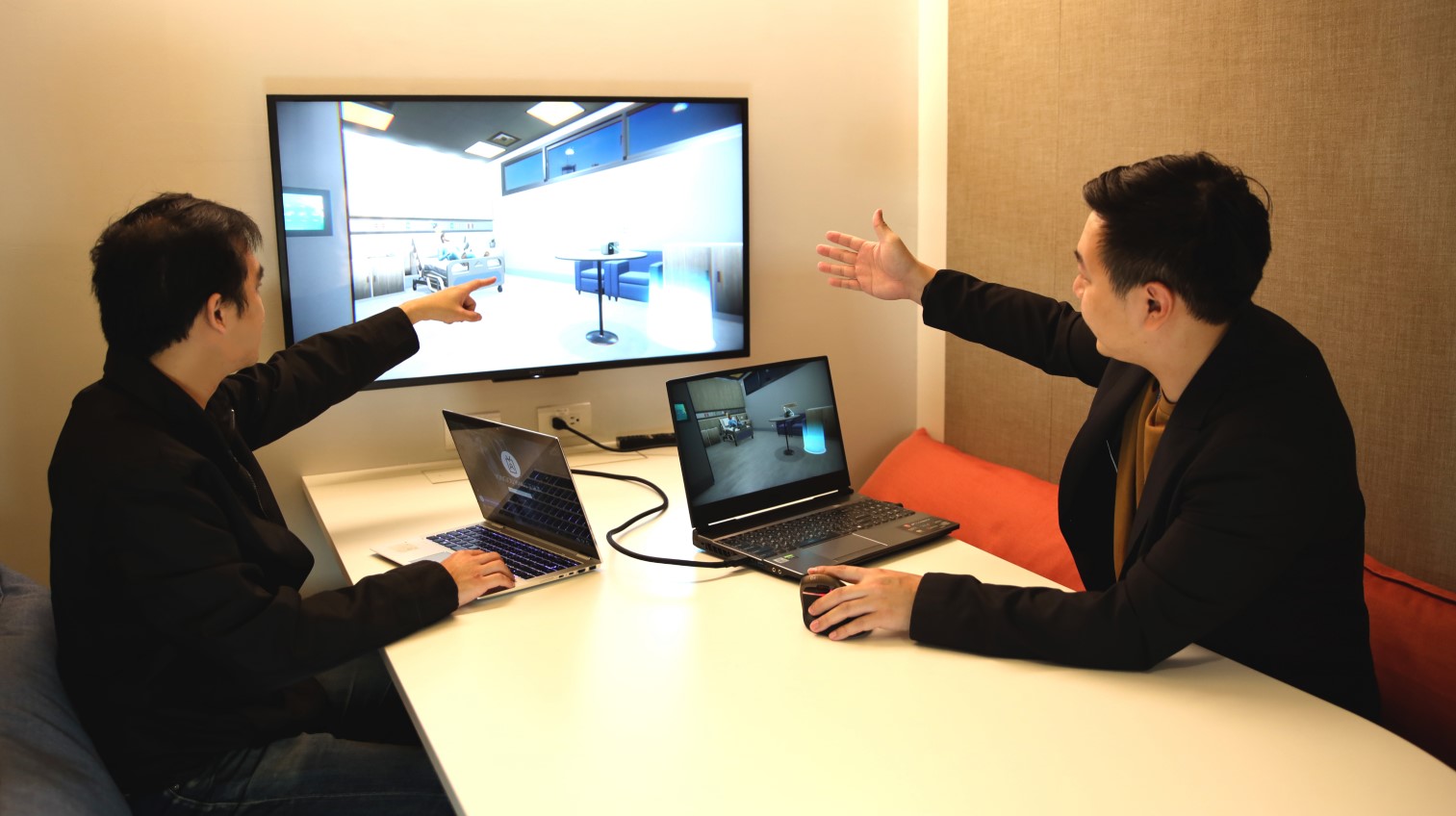
The VR application is run using a notebook computer















